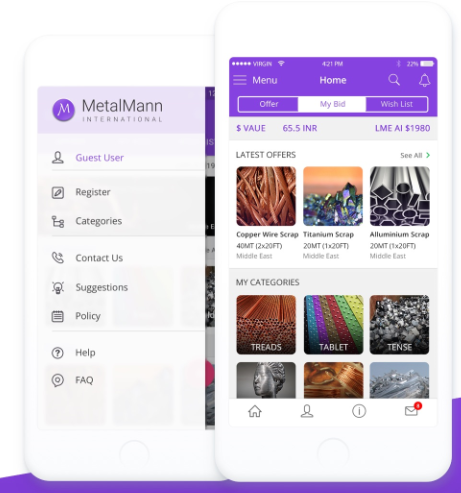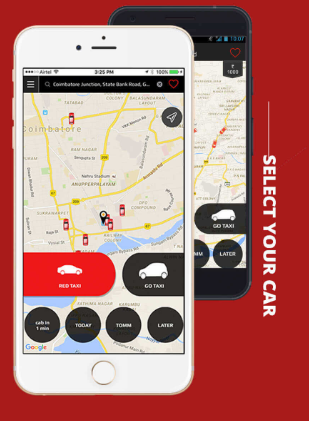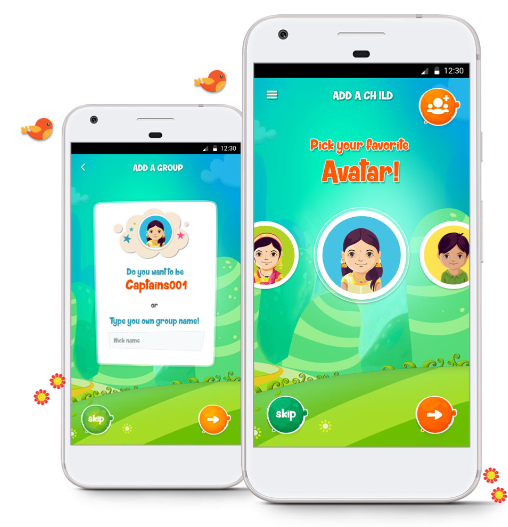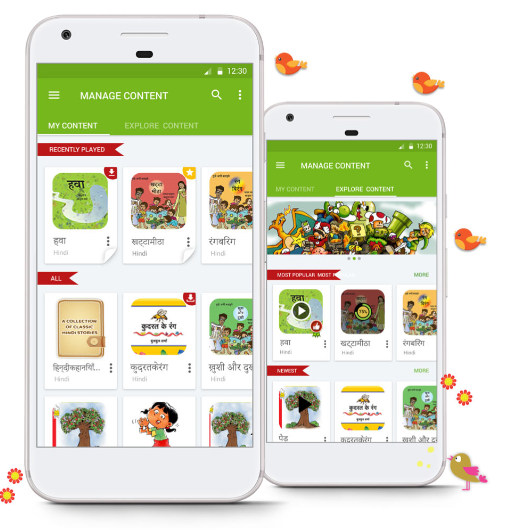Tips to get you started with your UX user research
What is User Research and Why should you do it?
Research, as we all know, is a crucial aspect of any undertaking, be it shopping for clothes or building your own backyard nuclear-powered submarine. Especially if you are a UX designer, research is quite important to understand the what people want from the product that you design. Without a clear understanding of what your users’ needs are and what they expect, you might as well be throwing darts in the dark. Unlike designing, user research is almost a never-ending process which needs to be carried out throughout the product’s lifecycle. However, in this article, we will focus on the user research for designing and what you need to know when you are starting out.

Where should you start?
There are a lot of points from where you can start your research depending on the nature of your product. A hypothesis of your current objectives will provide a picture of the goals you seek to achieve through the research.
1. Introspection
Before starting the research process itself it would be a good idea to try and define your product, the basic function it would serve and the demographic it is intended for. At this point, discovering the problems users presently face in the market would help define your products’ purpose. Analysing the market demand and your chances of proliferation would also be a wise strategy at this stage because going back to the drawing board because of an overcrowded market is never a good contingency.
2. Conceptualization
Identify various business demographics that you feel might be interested in your product and understand their real-time user goals. Conducting surveys, interviews, focus groups etc. are among the many methods that are commonly used. The data achieved through research can be broadly classified between qualitative, quantitative, attitude and behavioral. Using the all the information and feedback thus received to create a rough iteration of the design.
3. Research Methods
- Surveys
Surveys are often an easy way to start out with UX research. With online surveys being a huge trend today, it is not hard to find participants. However, the ease of finding participants hardly makes up for the level of inaccuracy involved in this process as most people tend to give biased responses. Short surveys with simple, well-worded questions involving both open-ended as well as multiple choice questions tend to work best with this method.
- Interviews
Interpersonal Interviews are one of the oldest, tried and tested methods of understanding users and getting to know them. Interviews offer a great deal of flexibility when it comes to questions and ensuing discussions that could lead to a higher level of revelation. Compiling a valid set of questions and putting them through a trial run before the interview to check their feasibility will help. As always the interviewer must remain calm and composed and make the user feel comfortable before the interview. Engaging the user to get the most out of them would be a good idea.
- Focus Groups
Engaging a small group of people in a discussion on your product and its potential can bring out valuable insights and ideas. However, this process has a good chance of backfiring as groups tend to follow a herd mentality eventually leading to supporting the popular opinion rather than their own which ultimately can produce inaccurate data. Allowing each person in the group to express themselves properly is the key to success when dealing with focus groups.
- Usability Testing
One of the most effective methods of UX research is usability testing. This method involves putting the target users through a set of tasks designed to demonstrate the features and functionality of your product. This process can be leveraged to derive valuable inputs. Although not as elaborate as with questionnaires, usability testing provides the most accurate data and feedback. There are several methods of usability testing as well as tools that can aid in carrying out the processes.
4.Analysis
The data derived from these research methods can be analyzed and compared with your initial hypothesis. By doing so you will get an idea of the changes that need to be done. One of the advantages of UX user research is that it can be done at any stage in the development process and it’s up to you to choose the most valid method at your current stage.
Conclusion
When it comes to UX it is easy to lose your way with designs and most of the time designers end up designing the product with their own needs in mind and that of their investors as well. Research here can offer a neutral perspective and bring out the best ideas that users can identify with. While each method has its own advantages it would be ideal to use them in combinations to paint a wholesome picture.









